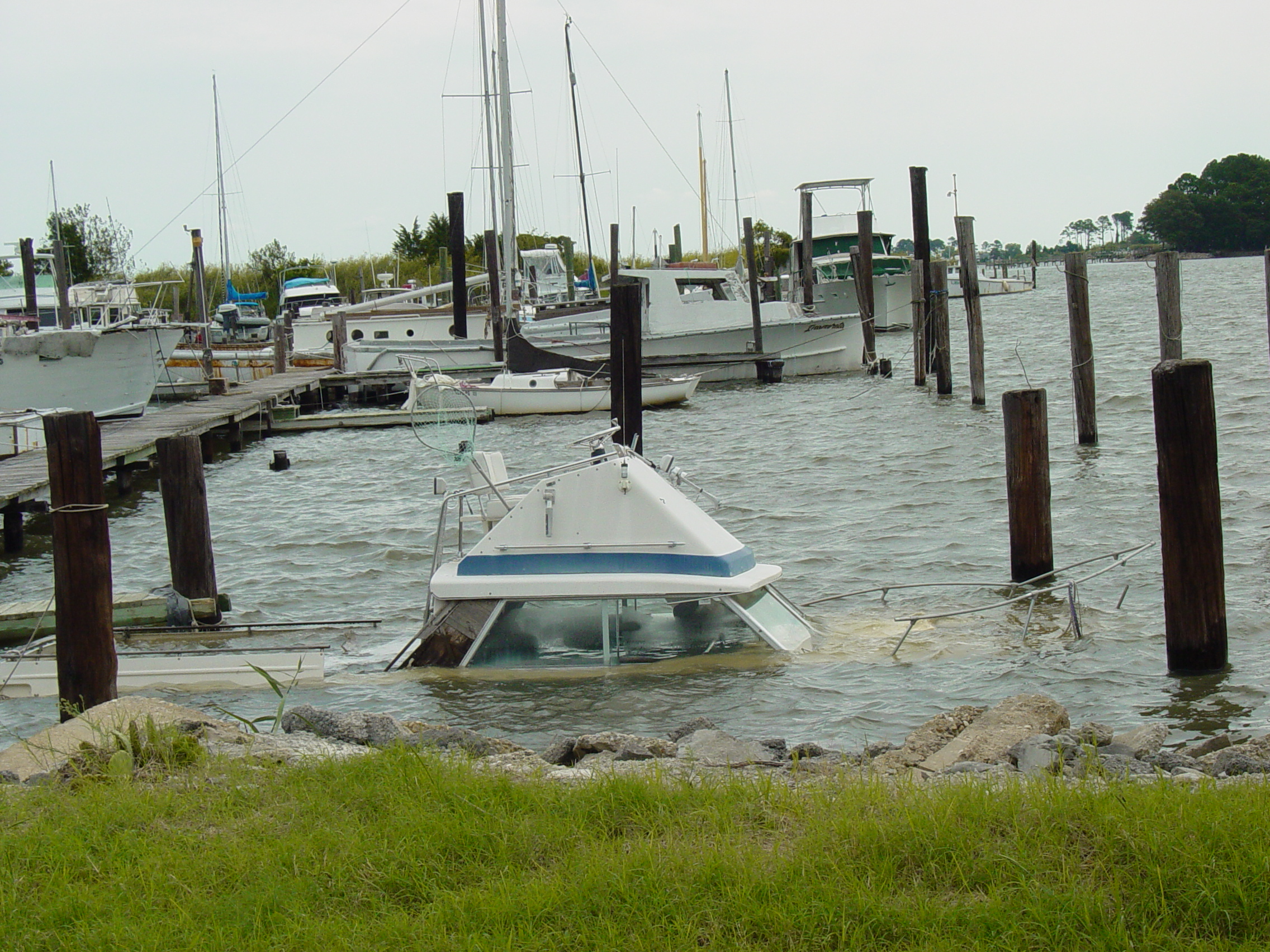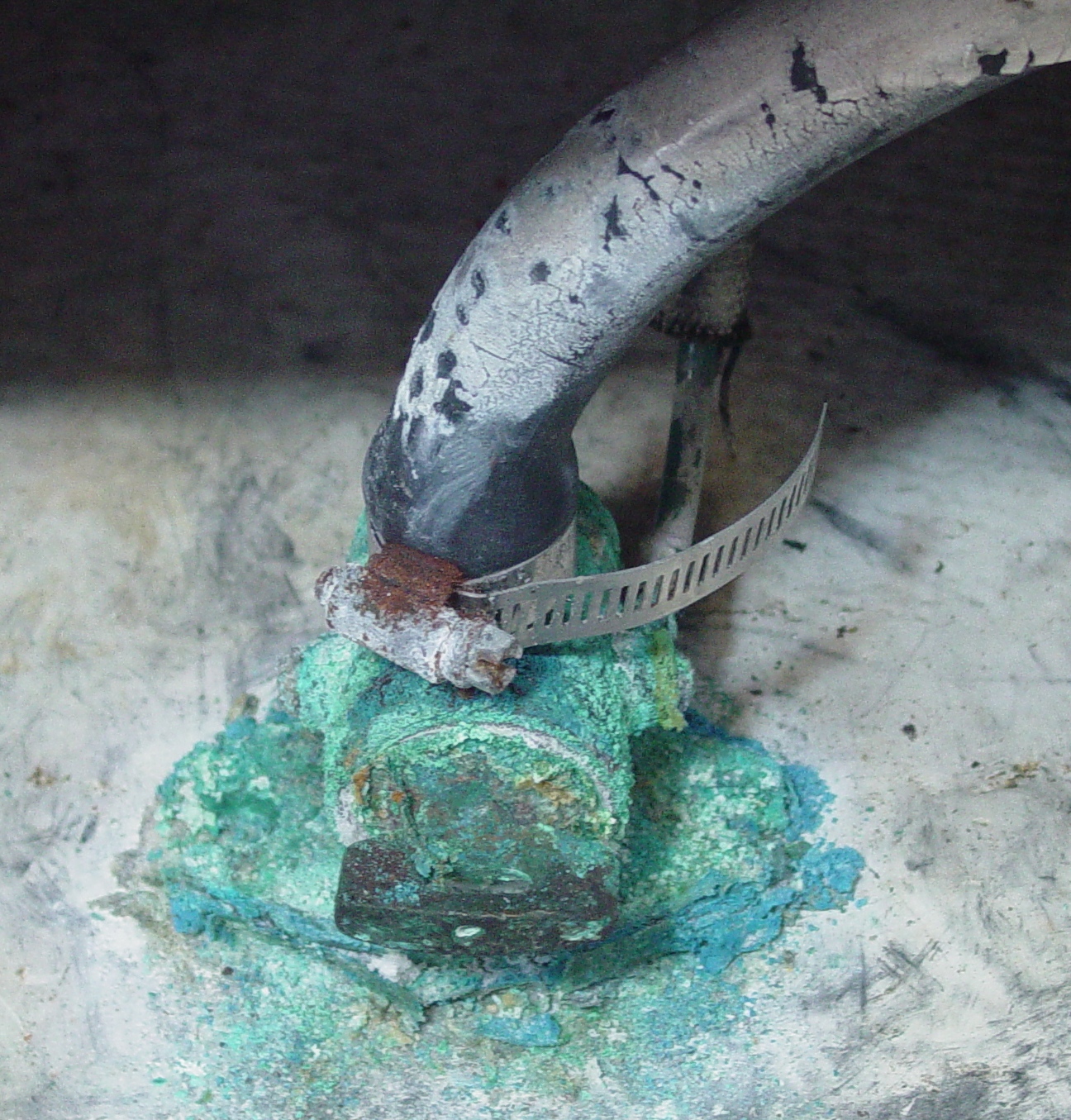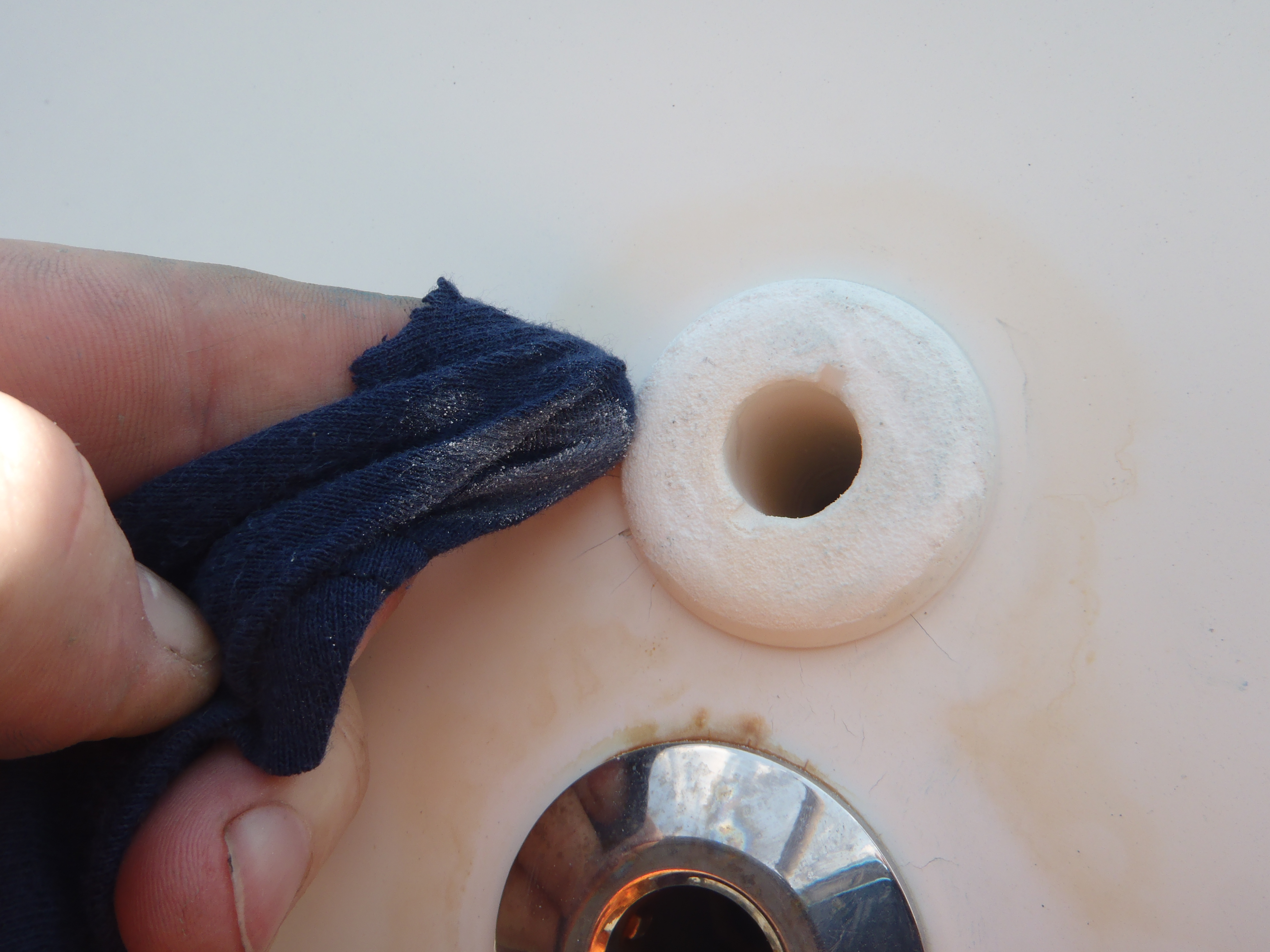Sinking at the Dock
When the topic of sinking comes up at the yacht club Tiki bar, most sailors think of ferocious gales, uncharted reefs or fog-shrouded collisions at sea. The less sensational truth however, is that more boats slip quietly beneath the water at their own dock than anywhere else. The majority of these sinkings involve failure of some type of hull fitting, which can include anything from through-hulls to stuffing boxes. Here’s a list of three common problem areas and what to look for when inspecting them.
Problem 1 – of Seacocks, Bad Hose and Rusty Clamps
All through-hull fittings below the heeled waterline of a vessel must be equipped with a seacock, which provides a means of preventing water entry into the hull in the event of hose failure or other system component connected to the through-hull. Industry standards for sea cocks include marine grade components (bronze or Marlon) and operation by a lever type handle through a 90° arc, which gives a clear indication of whether the seacock is open or shut.
The majority of seacock problems involve the use of gate valves, which are not recommended for use onboard (particularly below the waterline). In addition to improper materials (residential brass units for example) a gate valve’s internal mechanisms are prone to corrosion induced failures and they give no visual indication of whether they’re open or closed. Worse still, the valve can fail to completely close due to trash or debris, allowing water to enter the vessel even after being “closed.”
Old, deteriorated hoses and corroded hose clamps are other possible seacock related failures. Hoses should be supple with no signs of deterioration (cracks, splits, etc) while hose clamps should be tight and free of corrosion. Installation of double hose clamps is also recommended if there is sufficient hose barb to allow it.
Solution – Conduct routine inspections of all seacocks, hoses, and clamps. Exercise seacocks monthly to ensure proper operation and use only marine grade hoses and hose clamps.

Problem 2 – Cracked Composite Thru-Hulls
A cracked through-hull located just above the waterline can reduce the effective freeboard of vessel from feet to inches, meaning a boat needs only to settle slightly in the water before it begins to take on water and sink.
Age and ultraviolet light damage are primary causes of composite through-hull failure, however the stress caused by a bouncing, unsupported hose can cause cracking and damage as well. Cracks typically develop where the body of the through-hull joins the outside flange. In extreme cases the flange will fall away completely, allowing the hose and through-hull body to fall inside the hull, leaving a gaping hole for water to enter.
Solution – Inspect composite through-hulls annually at a minimum for cracks and UV damage. If there is one fitting that's bad, play it safe and replace the remaining ones too; they're probably the same age and prone to failure as well.
Problem 3 – Stuffing Boxes and Glands
Stuffing boxes for engine shafts and rudder packing glands are two more potential leak generators. Both are commonly located in hard-to-reach areas, which means they often fail to receive the maintenance and care they deserve. Both are also common sources of slow leaks, which can go unnoticed for weeks or even months until that day the boat mysteriously sinks. Owners typically blame such sinkings on a weak battery or faulty bilge pump, but in reality neither will cause a boat to sink, although a constant, steady leak can.
Solution – Check stuffing boxes and packing glands regularly for leaks, deteriorated hoses, and corroded hose clamps.
Water Wars
Finally, remember that the best defense in the battle to keep water outside the hull is a combination of routine maintenance and regular boat visits. Too often boat owners rely on bilge pumps to keep a slow leak at bay; however a bilge pump can also hide a leak until it’s too late. Installation of a bilge pump counter will show excessive cycling, making leaks easier to notice and correct before disaster strikes.
Seacock sense – Tips to Avoid That Sinking Feeling
1. Label each seacock as to its function (engine raw water intake, etc).
2. Install double, marine grade stainless steel or titanium clamps on all through-hull and seacock hoses where possible.
3. Locate expansion style or soft tapered wood plugs of appropriate size at every through-hull fitting below the waterline – these plugs can be either mounted or attached with light line. Another option is storage in a portable “Damage Control” kit (along with a hammer for wooded plugs) that should always be kept in an easily accessible location and ready for instant use.
4. Perform periodic disassembly and internal inspection of through-hull fittings, hoses, and seacocks on a rotating basis.
5. Hose has a finite lifespan and should be replaced on a regularly scheduled basis, regardless of appearance. Recommended replacement timeframes vary between hose manufacturers, but 7 to 10 years is commonly quoted.
6. To reduce the chances of flooding, keep all seacocks (with the exception of scuppers and drains) closed when the system it serves is not being used, particularly when the vessel is left unattended while in the water.
By Capt. Frank Lanier
Captain Frank Lanier is a SAMS® Accredited Marine Surveyor with more than 40 years of experience in the marine and diving industry. He’s also an author, public speaker, and multiple award-winning journalist whose articles on seamanship, marine electronics, vessel maintenance and consumer reports appear regularly in numerous marine publications worldwide. He can be reached via his website at www.captfklanier.com




